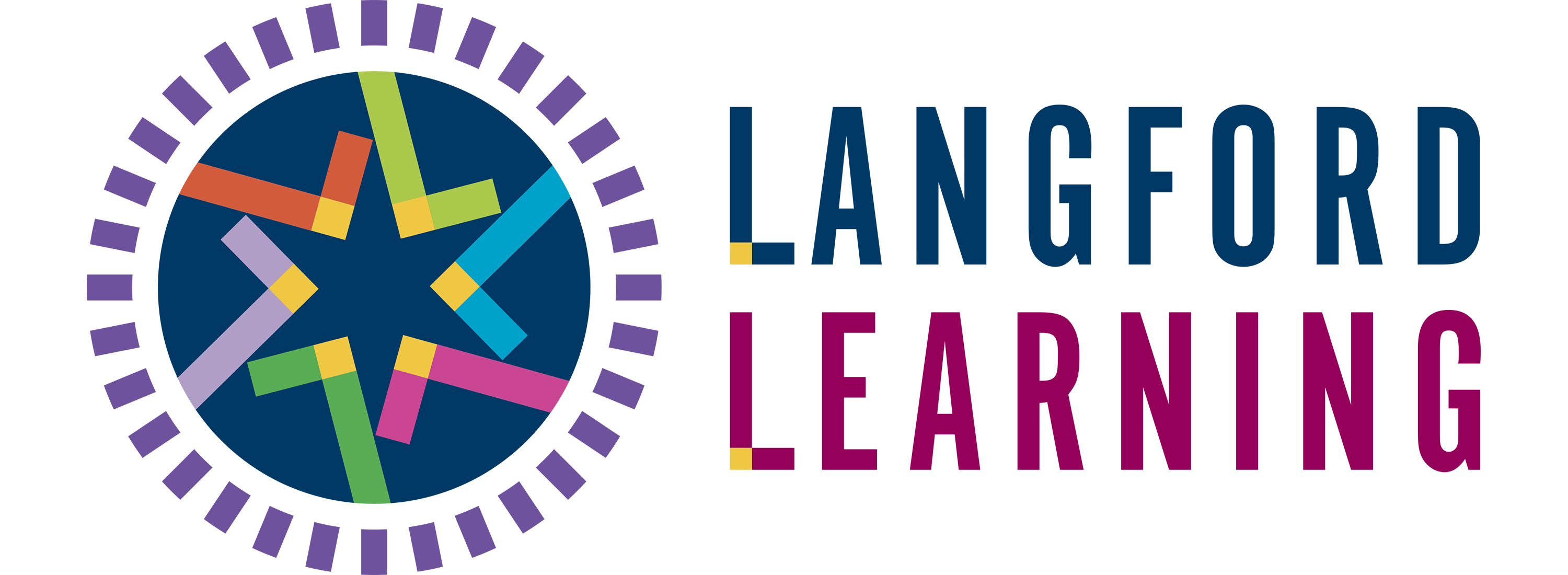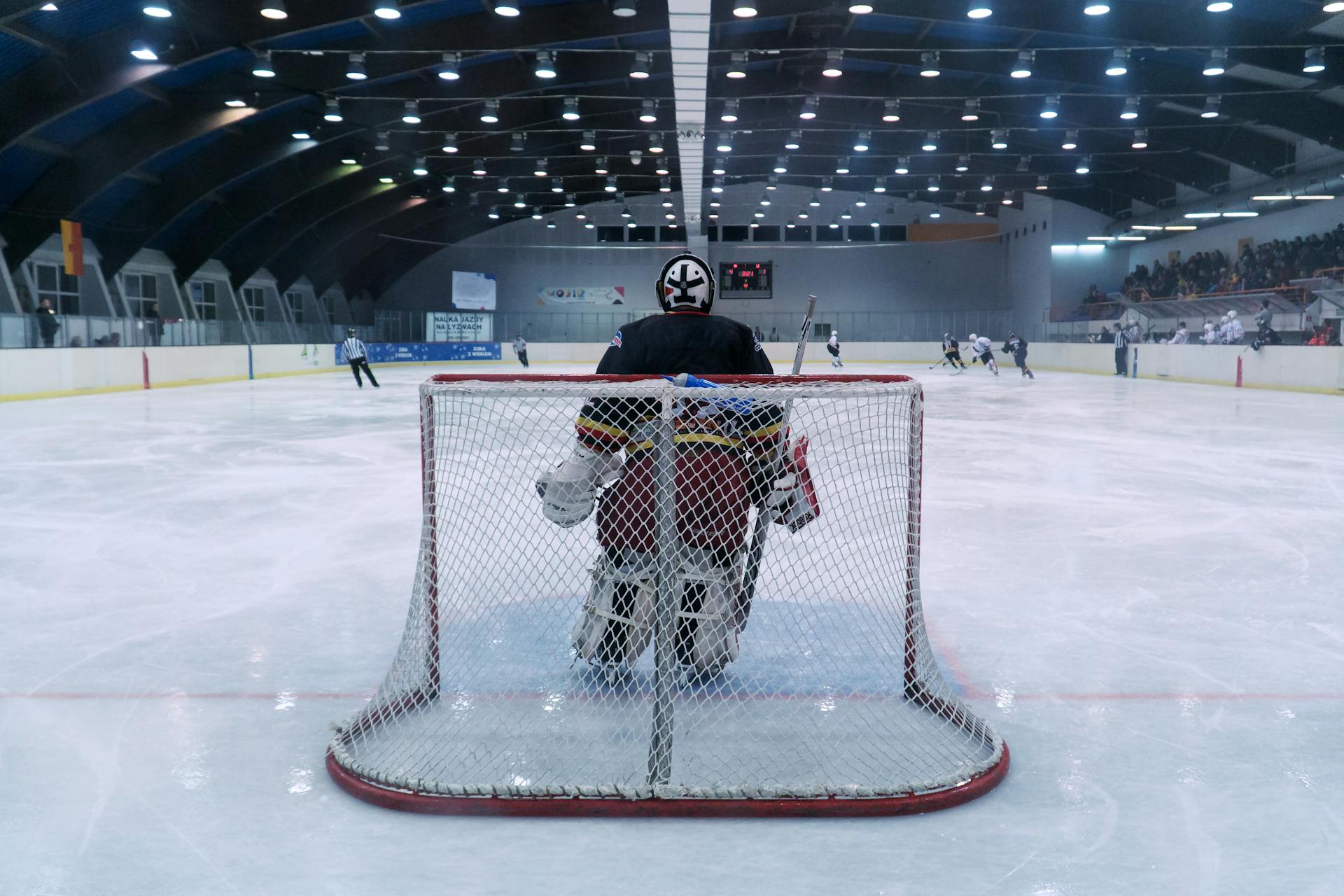Subtotal: $75.00
Shifting Gears: Rethinking Carrots and Sticks
- David Langford
- Business, Education
- 0 Comments

A few years ago, I was invited to lead a workshop with a group of school administrators, all working to address the same challenge: how to move away from the familiar “carrot and stick” model of behavior management. They were looking for something better, something that would actually prevent these behavioral issues instead of just reacting to them.
We spent the day digging into group work, discussing everything from cause analysis to the importance of leadership. But after only a few hours, one principal waved me over and whispered, “I am totally lost.”
When I asked him what he meant, he seemed hesitant before he admitted, “I just don’t know how to address behavior without punishments and rewards. My brain just doesn’t work like that.”
This moment has stuck with me for years now. Not because he was the only one to feel that way—far from it, in fact—but because his honesty echoed what I see in many educators around the world. Because you know what? He’s right. Most of us weren’t trained to think differently. We were raised on detentions and gold stars, suspensions and pizza parties. We grew up with carrots and sticks, and then moved up into roles where we manage our own students and staff with the same philosophy.
But managing behavior is not the same as preventing it. The real question is: are you willing to shift from simply managing problems to leading change?
I told the principal about the conclusion I have come to myself after years of thought. “First of all, you have to change the situation.” That means stepping back and, instead of putting more energy into punishment policies or reward systems, use that time to study the reason behind the situation. What’s really behind all those tardies? Why is the bus such a hotbed for acting out? Why does that first-year English teacher have to struggle for respect with her students?
One of my favorite examples comes from Sandy Powlege, school administrator and author of The Bus Blues who tackled chronic bus behavior issues in her own district. She started by gathering data on the current situation, then invited students and bus drivers to a group meeting, where she presented a number that got everyone’s attention. There had been 469 driver complaints in the past year alone. Then together, using tools like the Five Whys, Affinity Diagrams, and Plus Delta, they uncovered not just the major issues, but their shared desire for something better.
A year later, complaint numbers dropped to just 43.
That’s the power of prevention. It’s not flashy. It doesn’t come with instant rewards. But it creates long-term change.
The start of the school year, the first week of classes, these are prime opportunities to establish new norms, not react to broken ones. How can you start to train students to act in the way you actually want, instead of watching them act out and trying to clean up the mess? Discipline, after all, means “training.” It’s not just about punishment—it’s about building the systems, expectations, and habits that help students succeed before things go off the rails.
That principal wasn’t alone in his struggle, and neither are you. Shifting away from the “carrots and sticks” model of rewards and punishments isn’t easy, but it’s a shift worth making. One step at a time, we can begin to lead upstream.
David P. Langford
CEO, Langford International, Inc.
©2025 Langford International, Inc. All rights reserved.
-
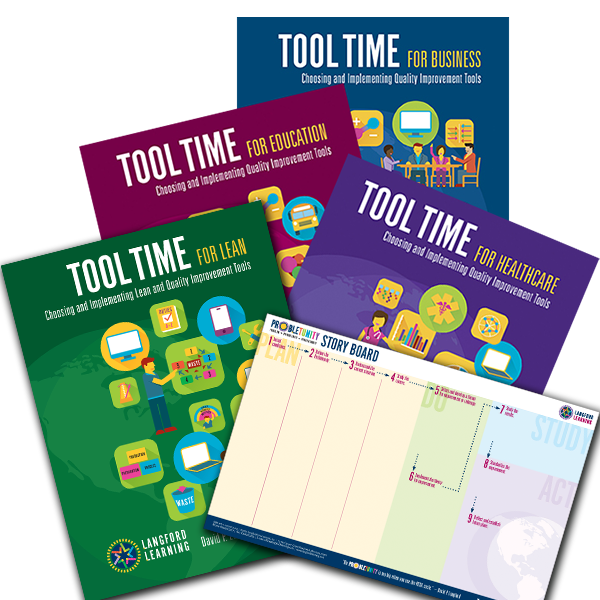
Tool Time Book + PDSA Chart
$85.00 Select options This product has multiple variants. The options may be chosen on the product page -

Tool Time for Business
$75.00 Add to cart -
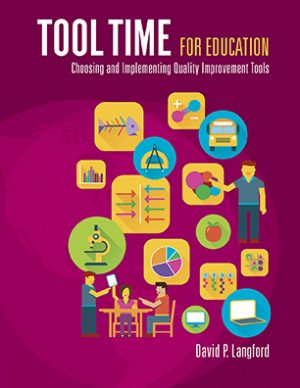
Tool Time for Education
$75.00 Add to cart -
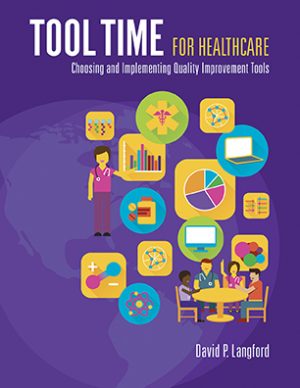
Tool Time for Healthcare
$75.00 Add to cart
